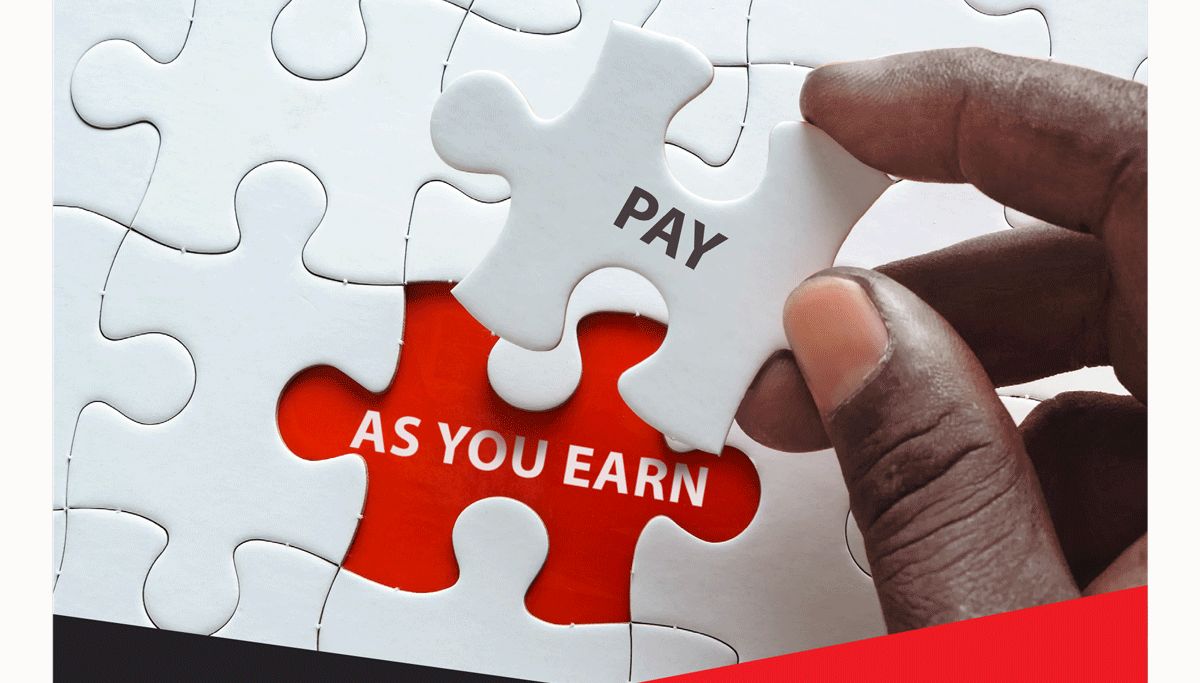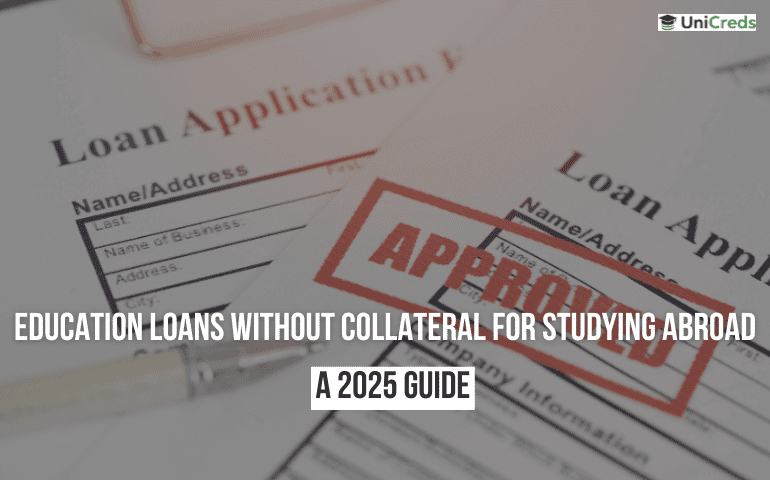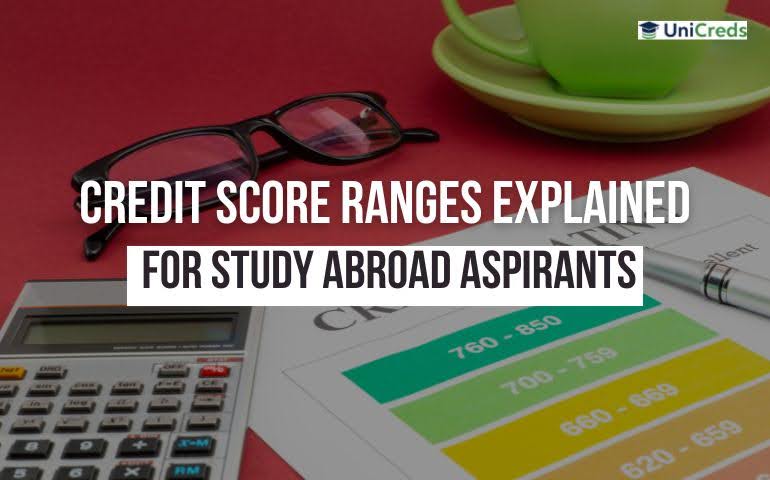Table of Contents
Do you know what the most frustrating part of student loans is? Undoubtedly, the time when you have not started earning enough to pay off the principal you borrowed initially to get that job in the first place. I understand that paying off student loans can be hard irrespective of your income level. However, if you have federal student loans, there are plenty of repayment options to rescue you in such scenarios. One of the most popular ways on that list is enrolling in the Pay As You Earn plan. In this article on – Pay As You Earn (PAYE) Repayment Guide, we will understand everything pertaining to this incredible option.
Repayment can go on and on for years (or even decades) and the interest added on top of it can be atrocious. Thankfully, there are income-driven repayment programs instituted that allow you to pay a reasonable amount towards your student loans. Thus, it is necessary to know in-depth about one such income-driven repayment plan – Pay As You Earn.
What Is Pay As You Earn?
Pay As You Earn (PAYE) refers to either an income tax withholding scheme by employers or an income-based student loan repayment system. In the context of student loans, pay as you earn is a federal loan repayment scheme in the United States in which payment amounts are determined by income rather than a predetermined fixed sum. When compared to other programmes, Pay As You Earn usually has the lowest payment. Borrowers must demonstrate a partial financial hardship to be eligible for Pay As You Earn.
What Determines A Partial Financial Hardship?
When the payment amount on the borrower’s student loans under a Standard (10-Year) Repayment Plan is more than the amount the borrower would pay under Pay As You Earn, the borrower is experiencing some financial hardship. The Pay As You Earn payment amount may fluctuate annually depending on variations in a borrower’s income from year to year. If a borrower’s salary rises to the point that he or she no longer faces a partial financial hardship, the borrower may still be eligible for Pay As You Earn. The borrower’s payment will rise in this situation, but it will never surpass the amount necessary under the Standard (10-Year) Repayment Plan.
Pay As You Earn (PAYE) Repayment Working
PAYE caps federal student loan payments at 10% of your discretionary income and forgives your remaining balance after 20 years of repayment. The sum that you have to repay every month can also be adjusted based on your income and family size.
Pay As You Earn (PAYE) Repayment best suits:
- spouses with two incomes who have grad debt, and
- those with low earning potential.
Did you know? Barack Obama first announced the PAYE plan in October 2011 and it has now become synonymous with the ‘Obama Student Loan Plan.’
Complete Guide To Pay As You Earn (PAYE) Repayment
This is the section you have been waiting for in this Pay As You Earn (PAYE) Repayment Guide. Let’s check out all the necessary information regarding PAYE.
Which Loans Does The PAYE Programme Apply To?
Since PAYE is a federal programme, naturally, the loans that can be repaid using this programme are all federal student loans.
The loan types that qualify for PAYE are:
- Public Service Loan
- Direct Subsidized Loan
- Direct Unsubsidized Loan
- Direct PLUS Loans made to graduate or professional students
- Subsidized Federal Stafford Loans (if they have been consolidated)
- Unsubsidized Federal Stafford Loans (if they have been consolidated)
- Federal Perkins Loans (if they have been consolidated)
- FEEL PLUS Loans made to graduate or professional students (if they have been consolidated)
- FFEL Consolidation Loans that did not repay any PLUS loans made to parents (if consolidated)
- Direct Consolidation Loans that did not repay any PLUS loans made to parents (if consolidated
Who Is Eligible For PAYE? | Pay As You Earn (PAYE) Repayment Guide
In order to be eligible for PAYE:
- You have to be a new borrower: This means you took out federal student loans after Oct. 1, 2007. Or you received a direct loan on or after Oct. 1, 2011.
- You must have a high debt-to-income ratio to qualify.
- Your loan payments need to be lower than what they would be under a Standard Repayment Plan: This is to make sure you are not receiving a benefit that your income-to-debt ratio does not qualify for.
If you’re looking for safe & secure education loans at low-interest rates, make sure you fill out the form on this page!
How To Apply For PAYE? | Pay As You Earn (PAYE) Repayment Guide
You can enrol in Pay As You Earn by mailing a completed income-driven repayment request to your student loan servicer. Another good alternative is completing the process online which is easier. Also, it is good to know that you can change your student loan repayment plan at any time.
- Visit studentaid.gov: Log in with your Federal Student Aid ID, or create an FSA ID if you don’t have one.
- Select an income-driven repayment plan request: Preview the form so you are aware of the documents you have to keep ready, like your tax return or alternate proof of any taxable income you’ve earned within the past 90 days.
- Choose your plan: If you qualify for more than one income-driven repayment plan, you can be automatically placed in the plan with the lowest payment or specifically choose PAYE if it makes the most sense for you.
- Complete the application: Enter the required details about your income and family.
In order to get the full picture of student loans, do make sure you read: How Student Loan Repayment Works

Is PAYE Right For You?
If you meet the requirements, PAYE is usually the best income-driven option for you in the following instances:
- You have grad school debt.
- You don’t expect your income to increase much over time.
- You’re married, and you and your spouse both have incomes.
What Are The Pros And Cons Of The PAYE Programme?
If you’re considering choosing PAYE as a repayment plan, you need to know the pros and cons first. So this Pay As You Earn (PAYE) Repayment Guide has them listed for you:
Pros of PAYE:
- A good plan for newer borrowers
- Caps monthly payments at 10 percent of discretionary income
- Forgiveness after 20 years
- If married, your spouse’s income won’t affect your payment unless you file a joint tax return
- There are some subsidies available for accrued interest
Cons of PAYE:
- Not all borrowers all eligible
- You’ll pay more interest in the long run
- Pay taxes on forgiven student loan amount
- Potential to be phased out by future administrations
Do You Have Alternative Plans?
A plan B is what’s needed the most, especially when you’re aware of the options in front of you. The most important thing to know in this Pay As You Earn (PAYE) Repayment Guide is that it’s only one of several options available to you. The federal government has many more plans for you.
All income-driven plans share some similarities. Each one of them caps payments to between 10% and 20% of your discretionary income and forgives your remaining loan balance after 20 or 25 years of payments.
The biggest difference with Pay As You Earn is that it limits capitalized interest to 10% of your balance; most other income-driven plans don’t offer this benefit. Capitalized interest — or interest added to your loan’s balance — increases the amount you owe, as interest then accrues on a larger balance.
The alternative plans you could consider as a student are:
- Revised Pay As You Earn (REPAYE): Even here your payment will be 10% of your discretionary income. However, unlike PAYE, if you have any graduate student loans you’ll have to make payments for 25 years before your loans can be forgiven (as opposed to 20 years with PAYE).
- Income-Contingent Repayment (ICR): In this plan, your payment will be either 20% of your discretionary income or what it would have been based on a 12-year repayment schedule. Your loans can be forgiven after 25 years of payment.
- Income-Based Repayment (IBR): Here your payment will be 15% of your discretionary income if you first borrowed before July 1, 2014, and you can receive forgiveness after 25 years. If you first borrowed on or after July 1, 2014, your payment will be 10% of your discretionary income and you can receive forgiveness after 20 years.
You can also check – The Complete List of Student Loan Forgiveness Programmes, to see if you are eligible to eliminate your student loans altogether. Kindly note that these alternatives have their set of pros and cons too, so it is important to do sufficient research based on your eligibility, as well as, your ability to repay your student loans based on your income.
If you’d like to share your views or have any further queries, feel free to comment below.
Thank you for reading this blog ‘Pay As You Earn (PAYE) Repayment Guide’. If you enjoyed reading this blog and would like to continue reading more about repayment of education loans then do check out our following blogs.










0 Comments